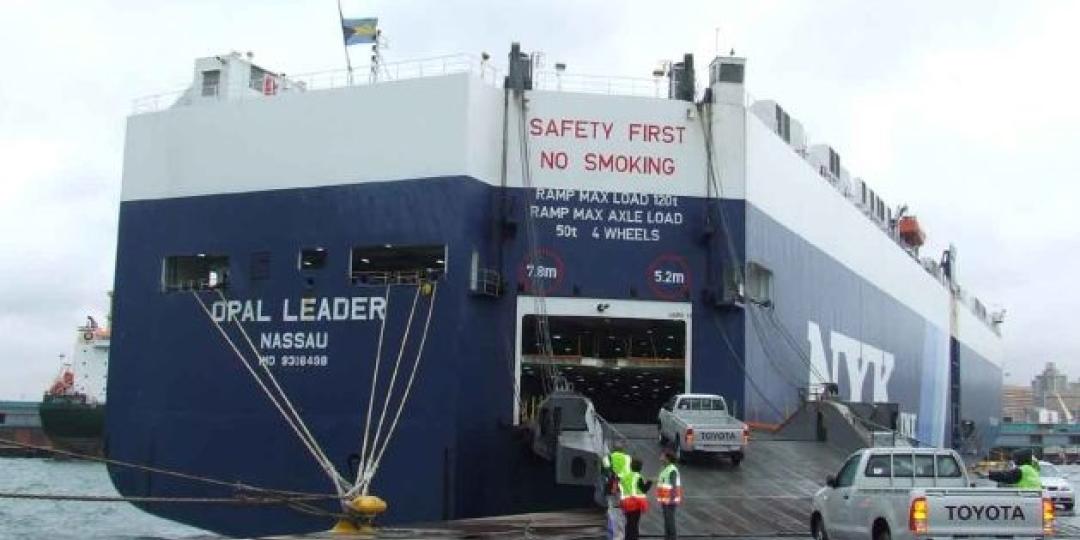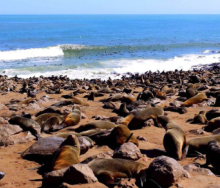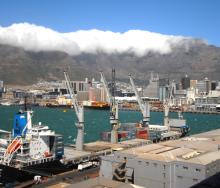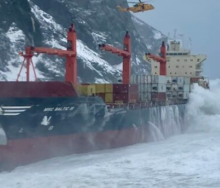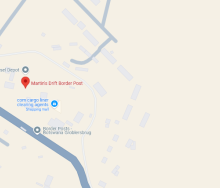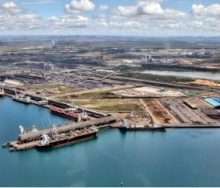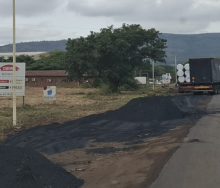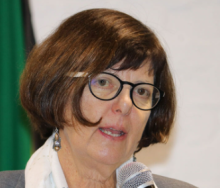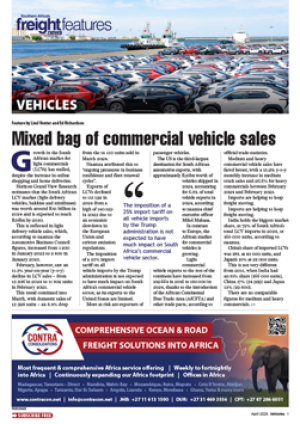While industry has responded positively to the roll-out by Transnet Port Terminals (TPT) of a new service instruction entry (SIE) automated system at the Durban Ro-Ro Terminal, it has cautioned that system downtime could have negative consequences.
Devan Govender, vice-president of compliance and new business for MS Express South Africa (MSESA), told FTW Online (FTWO) that the biggest potential challenge with the automated process was system downtime. “If the shipping line experiences downtime, the electronic delivery order (EDO) will not be received by TPT. An inability to process orders could result in penalties for late order submissions and additional storage costs,” he explained.
He added that although teething problems were always expected when rolling out a new system of this magnitude, some of the challenges could be detrimental if the industry was exposed to the system without these being addressed.
The Toyota vessel – Guangzhou Highway – was the first to use the system at the Durban Ro-Ro Terminal late last month, with TPT general manager: KZN operations, bulk, breakbulk and cars, Amanda Siyengo, highlighting that the manual system had run concurrently with the new automated process to validate new processes and ensure a smooth transition.
Govender pointed out that the SIE solution was not only set to improve the speed at which TPT and its customers would receive and exchange information into their systems, but it would do so on a 24/7 basis.
“We are all aware that one of the aspects of the pending Customs Act is that Customs will only provide the final release once a vessel docks. The SIE automation will allow for orders to be processed - even over weekends when the shipping lines are closed," he said.
A spokesperson for Hὂegh Autoliners told FTWO that this move by TPT was “a great achievement” as it would improve the time taken to generate cargo releases and submit documentation. “It will hopefully reduce the workload of all parties who would normally have to submit manual processes,” he said.
He highlighted that while Hὂegh’s customer services manager, as well as its Oslo-based IT team, had worked closely with TPT to ensure it complied and met the requirements, there were some “reservations” around the fact that the system had been rolled out and that no consideration had been given to the potential cost impact this could possibly have on the various parties.
He added that it would be “beneficial” to have one generic platform when rolling out a new system, to reduce the time and cost in the development stage. “In today’s world of digitisation, we would have expected to see synergies between the various entities – Transnet National Ports Authority (TNPA), TPT, South African Revenue Service (Sars) Customs and Excise – as essentially they are receiving and transmitting the same information.”
Michelle Phillips, TPT general manager: commercial and national planning, said the manual process would run parallel with the SIE automated process until all shipping lines had successfully completed all operations involving Toyota units and the SIE automation system had been rolled out to every Durban original equipment manufacturer (OEM) to iron out any glitches.
TPT anticipates the smooth roll-out of its SIE automated service at the East London Car Terminal and, thereafter, the Port Elizabeth Car Terminal by mid-2018.
